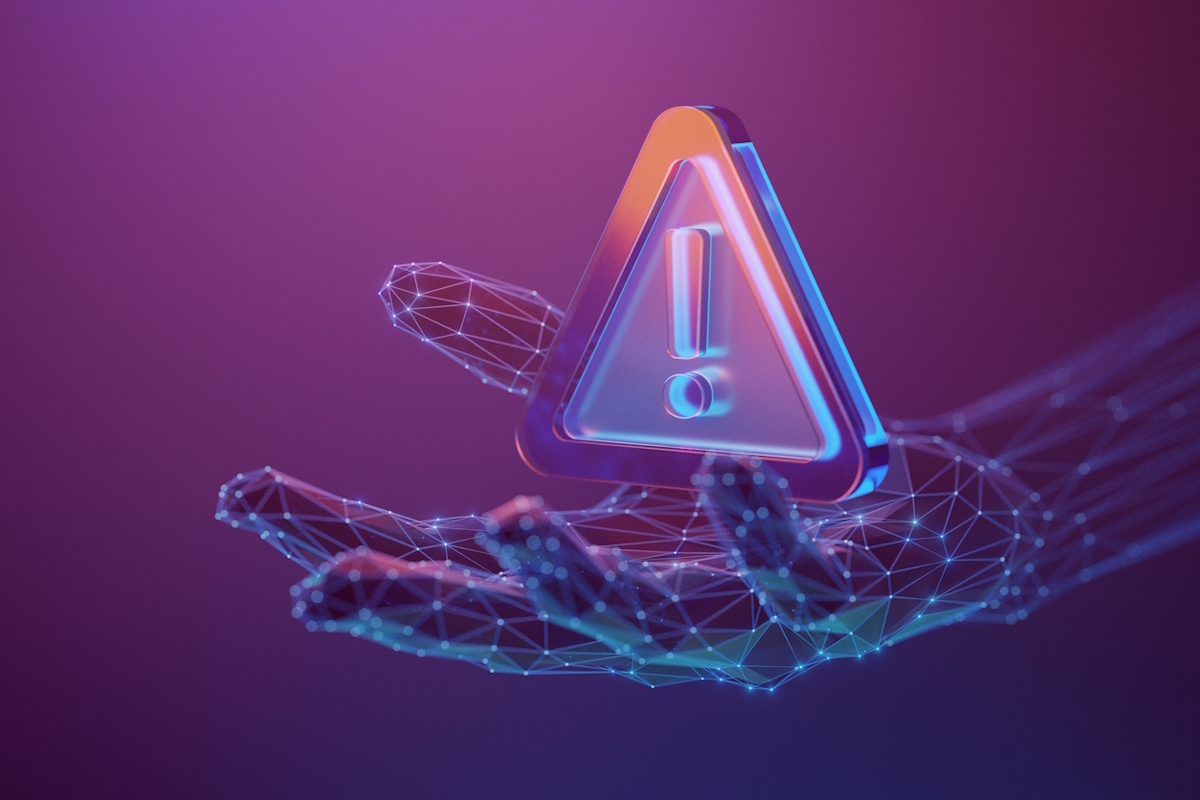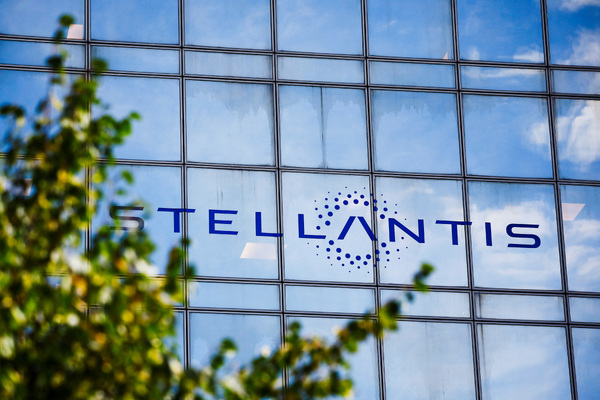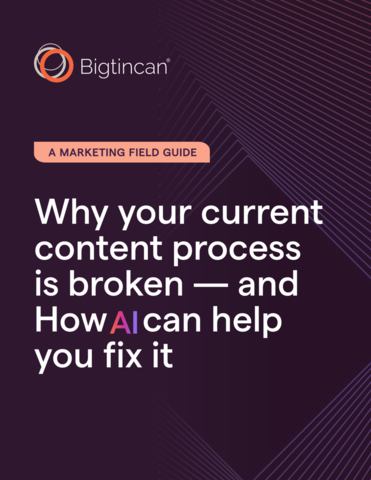Countering AI inaccuracies with RAG

Phillip Miller at Progress explains how adding a Retrieval Augmented Generation-based solution builds trust in an AI system
Advances in generative AI (genAI) have prompted a surge in enterprise adoption of its capabilities to manage their knowledge and content more effectively. In fact, the latest McKinsey Global Survey on AI reveals that 65% of respondents report that their organisations are regularly using gen AI, which is nearly double the percentage from its previous survey carried out ten months prior.
Yet despite the vast potential of AI for business applications, there are challenges to optimise the technology. With current genAI models, factual inaccuracies, known as “hallucinations”, occur when AI generates incorrect responses that are not grounded in the data on which it was trained or on any logical basis. Whether minor or major inaccuracies, these errors can cause serious issues in a business context, from poor decision-making to a total lack of trust in the AI model.
One breakthrough method to counter this is Retrieval Augmented Generation (RAG), which combines genAI with detailed, relevant data to deliver accurate, reliable and useful insights.
As business leaders look to enhance accuracy and trust using enterprise data, they cannot afford to overlook the advantages of integrating a RAG-based solution with their genAI application.
Understanding RAG-based systems
RAG is a method that connects business data with genAI models, adding specific context and meaning while identifying and reducing hallucinations in the AI’s response. This context often comes from taxonomies or ontologies, which help AI understand the data.
RAG grounds AI responses in a structured knowledge graph and validates them against a comprehensive knowledge model, which significantly reduces the risk of hallucinations. It finds relationships and connections within the data, providing a strong framework for accurate response generation. These more accurate, trustworthy and actionable insights are essential to enable rapid and accurate business decision-making.
The four key components of RAG are:
- Contextual data enrichment: By using business-specific taxonomies and ontologies, RAG helps AI understand the context and meaning behind the data.
- Knowledge graphs: These graphs organise enriched data, revealing relationships and connections that ground the AI’s responses in factual information.
- Prompt enhancement: When a user query is received, the knowledge graph frames the prompt, providing the genAI model with the necessary context to generate precise answers.
- Response validation: At this point, the AI’s responses are checked against the knowledge model to confirm accuracy and reliability before presenting them to the user.
Benefits of RAG for AI outcomes
One of the standout benefits of RAG is its ability to adapt rapidly to changes in data and models. In today’s business environment, data is continually evolving. AI models need regular updates to stay relevant and accurate. The flexible and model-agnostic RAG framework allows organisations to quickly adapt to these improved models, new releases or changes to the underlying data—without significant downtime or reconfiguration.
In terms of building trust in AI tools, RAG significantly improves the accuracy of AI-generated responses. By grounding AI in a well-structured knowledge graph enriched with industry-specific data, customers have reported accuracy rates in the high 90s—and even 100%.
Progressive tech teams are already using RAG for today’s applications, including:
- Customer service: Improving chatbot and virtual assistant capabilities to provide accurate and contextually relevant responses to customer inquiries.
- Knowledge management: Enhancing access to organisational knowledge by providing precise answers to employee queries based on a comprehensive knowledge graph.
- Research and development: Speeding up innovation by enabling researchers to quickly find relevant information and insights within large datasets.
Additional benefits of RAG include faster time to production, with a significant reduction on traditional generative AI implementation time to weeks, rather than months. Perhaps most importantly, RAG offers cost savings by optimising the use of processing power. Since the knowledge graph provides rich contextual data, the prompts to the AI can be smaller and more focused, with lower associated costs in comparison to traditional AI methods.
Building trust in AI systems
Using a powerful data platform together with a semantic RAG-based genAI solution can help to build a trusted AI system
In choosing a RAG-based genAI solution, organisations should look to adopt a powerful database server that excels in managing and integrating complex data. It is ideal for building and maintaining an agile data platform that can store the knowledge graphs that support RAG-based solutions.
Database servers can enable businesses to integrate various data sources - structured, semi-structured and unstructured data - into a single data platform for use across all generative AI projects.
Moreover, they empower organisations to maintain high-quality and reliable data, curating data in the platform. They also provide real-time data access, so the AI model has the most up-to-date information to generate intelligent responses.
Taking this a stage further, a semantic AI platform will contextualise data for smarter AI, enriching data with industry-specific taxonomies and ontologies that capture industry-specific language and terminology.
A semantic data platform can also improve data discoverability and enable sophisticated data analysis and insights by leveraging semantic relationships within the knowledge graph.
Maximising value from genAI investments
As the AI landscape evolves, embracing innovative approaches like RAG will be crucial for businesses looking to stay ahead as their data environments become more complex. With the ability to provide contextually rich, accurate and actionable insights, RAG-based genAI solutions are poised to transform how businesses operate, innovate and compete in the digital age.
By integrating RAG with a robust data platform, enterprises can unlock the full potential of their data, deriving greater value from their investments in genAI and solving real business challenges.
Incombining their organisation’s enterprise data with a semantic, RAG-based, genAI solution, business leaders can make more accurate and curated business decisions based on the best attributes of their data.
Phillip Miller is an AI Strategist at Progress
Main image courtesy of iStockPhoto.com and sankai

Business Reporter Team
Most Viewed
Winston House, 3rd Floor, Units 306-309, 2-4 Dollis Park, London, N3 1HF
23-29 Hendon Lane, London, N3 1RT
020 8349 4363
© 2025, Lyonsdown Limited. Business Reporter® is a registered trademark of Lyonsdown Ltd. VAT registration number: 830519543





